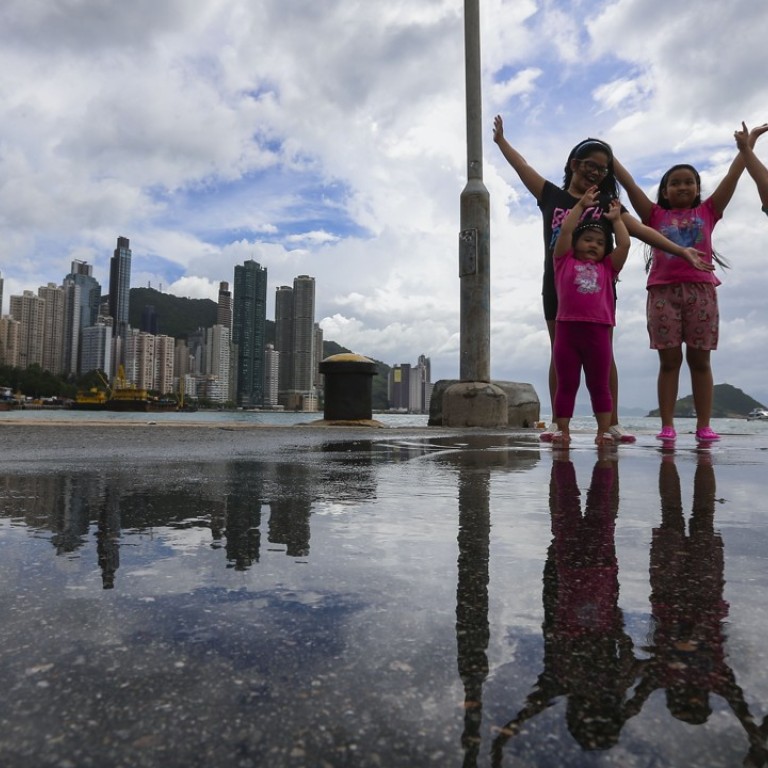
Typhoon season is here – all you need to know in Hong Kong, from signals to free shots
Most storms in past five years that resulted in Observatory issuing a typhoon warning signal No 8 or above, hit the city in August or later
Batten down the hatches and make sure you have plenty to keep you entertained at home – typhoon season is once again bearing down on Hong Kong.
Most storms in the past five years that have resulted in the Hong Kong Observatory issuing a typhoon warning signal No 8 or above, have hit the city in August or later.
And, while the Observatory usually issues one or two typhoon signals of No 8 or above each year, there were five severe storm warnings last year – including the first typhoon signal No 10, the highest on Hong Kong’s five-tier warning system, since 2012.
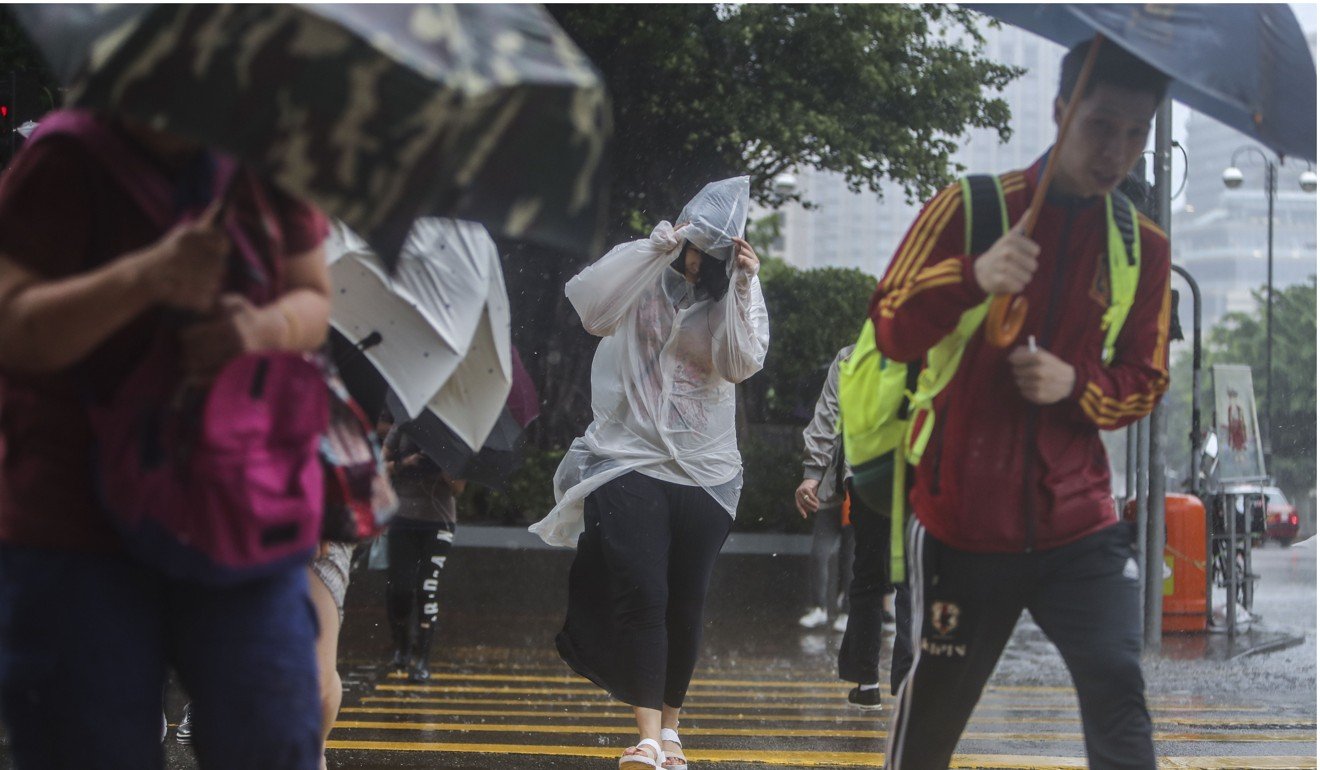
So far this year Hong Kong has mostly experienced long spells of hot weather before some heavy downpours and no major storms, but the neighbours have not been so fortunate.
Japan, Taiwan, mainland China and the Philippines have been hit by about 15 storms in total since March.
Five of Asia’s biggest typhoons as Typhoon Maria hits China
In July, Super Typhoon Maria unleashed rain and high winds causing devastating flooding in many parts of Japan.
Professor Johnny Chan of City University said the number of typhoons hitting a particular place could “have large variations from year to year, depending on the atmospheric and ocean environments”.
Earlier in March, Hong Kong Observatory director Shun Chi-ming said it was forecast that five to eight tropical cyclones could come within 500km of Hong Kong this year.
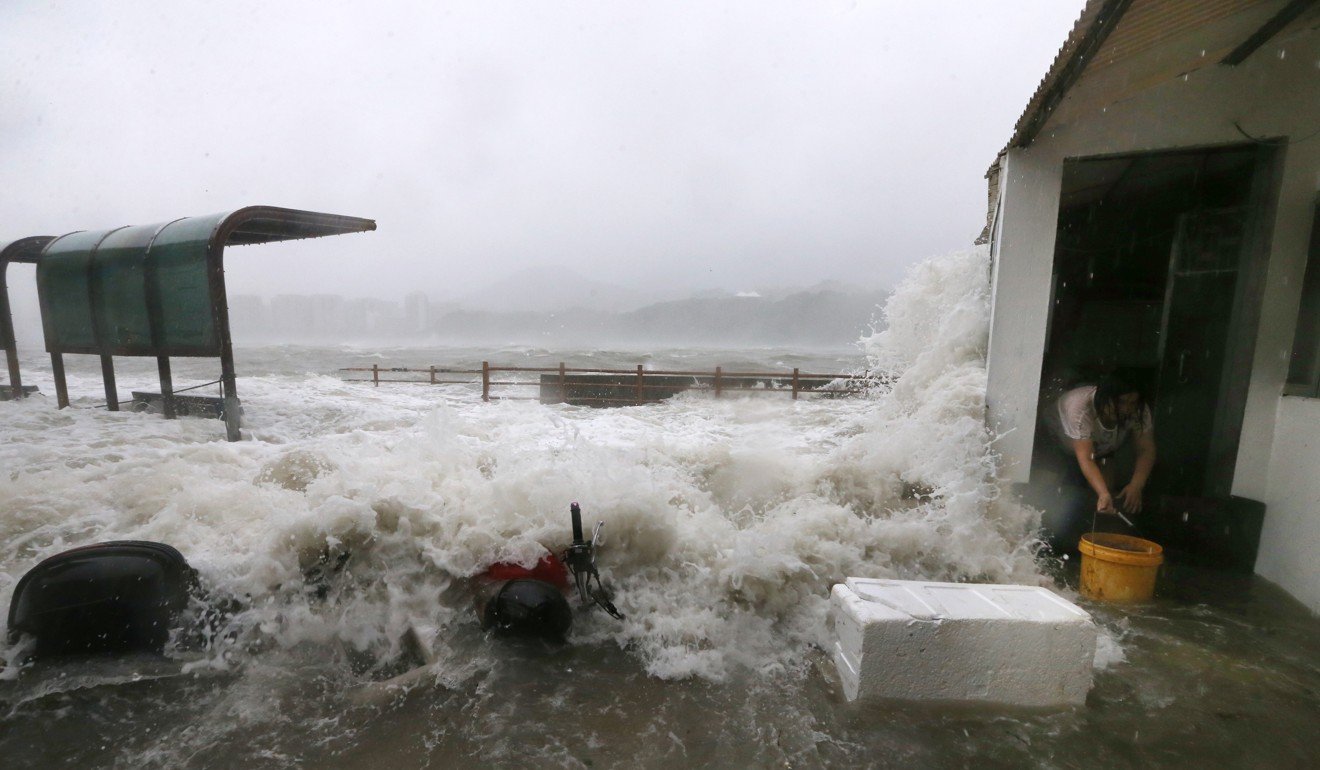
Hato hit on August 23, wreaking damage on homes and property, and causing 16 deaths in Macau and up to HK$20 billion (US$2.56 billion) of financial losses across both cities.
Macau helps drivers after Hato – by requiring them to buy new cars
The stock market, businesses, offices and schools remained closed throughout the day only reopening after the storm was downgraded to No 3, 12 hours after the No 8 signal was raised. Hato forced the cancellation of hundreds of flights across the region, including 480 flights at Hong Kong International Airport, 270 in Shenzhen, 130 in Zhuhai and 25 in Guangzhou.

Chan said the “peak season” for typhoons to hit Hong Kong and southern China was from July to September although storms had blown through the city before in May, June and October.
The director of the Guy Carpenter Asia-Pacific Climate Impact Centre said the effect of climate change on typhoons was still not very well known.
“However, we might expect overall that the most intense typhoons can become more intense. But whether a particular place will experience more or fewer typhoons is still not well projected.
“Our latest study shows that in the future, south China is likely to experience fewer typhoons but there is a good chance some of these could be more intense than the ones we have today,” he said.
Chan said there had been occasions when Hong Kong bore the full brunt of typhoons, citing not just Hato, but Wanda (1962), Hope (1979), Elsie (1983), York (1999) and Vicente (2012).
But he noted: “Hong Kong is such a small place, if the typhoon moves a bit to the east or west, we will not experience the ‘full force’ … what you hear about getting the ‘full force’ is also for a large area but not for a particular location.”
During a typhoon, residents should be aware of the warning signals that are issued.
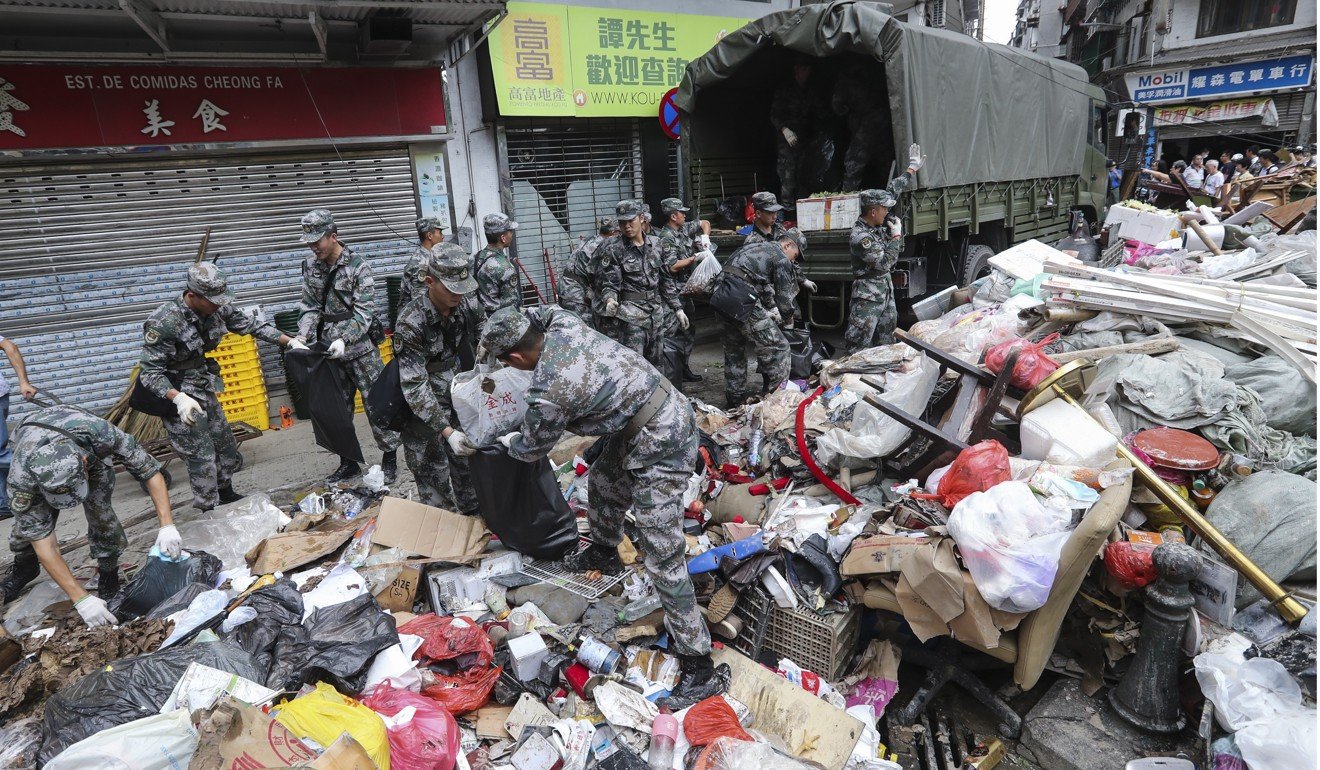
Each signal requires different precautions. No 1 is a standby signal, warning there is a storm within 800km of Hong Kong. Signal No 3 warns the cyclone is near enough to the city to cause strong gusts of wind.
During this signal, ships should prepare to move towards typhoon shelters and contractors should ensure all scaffolding and temporary structures are secured. Ferry services may be affected during this signal, depending on the wind and waves. Kindergarten pupils are usually sent home.
Deadly storms a warning to Hong Kong to be prepared
As the storm draws nearer and intensifies, it becomes a signal No 8. At this point, schools are closed with most ferry, tram and bus services suspended. People are advised to keep their windows and doors shut and those at work are advised to go home or seek shelter in a safe place until the warning cancelled.

Despite being aware of these dangers, many locals often hope for the tropical cyclones during the week, hoping for a short mini-break from their busy schedules. Looking at the past data from 10 years, most of the No 8 and above signals were issued on a weekday.
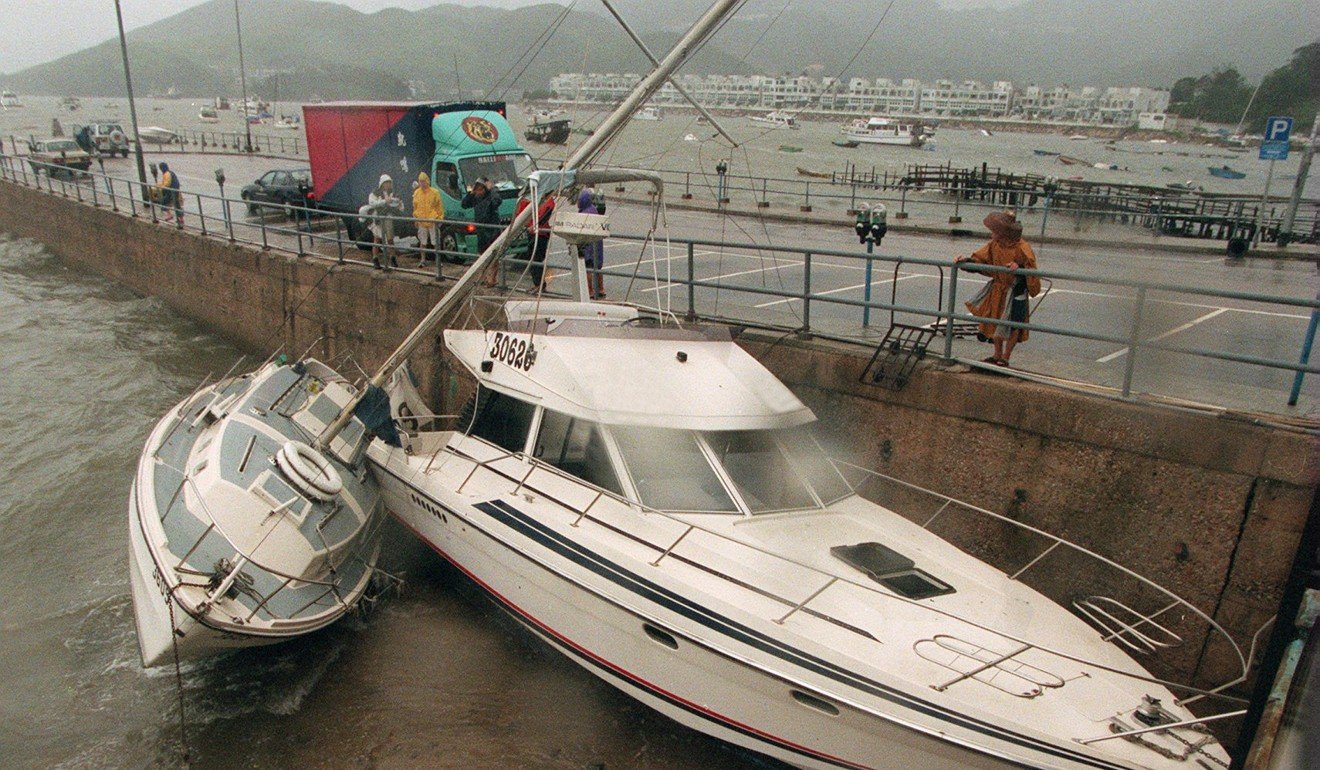
A university student in her 20s, named Cheng, said: “I enjoy extreme weather. It is relaxing to watch the rain, despite not being able to go out with my friends.”
The typhoon weather also attracts storm chasers from across the city who head to piers and rooftops to watch the drama unfold. A bar in Wan Chai remains open during a signal No 8 and patrons are given one free shot each per hour.
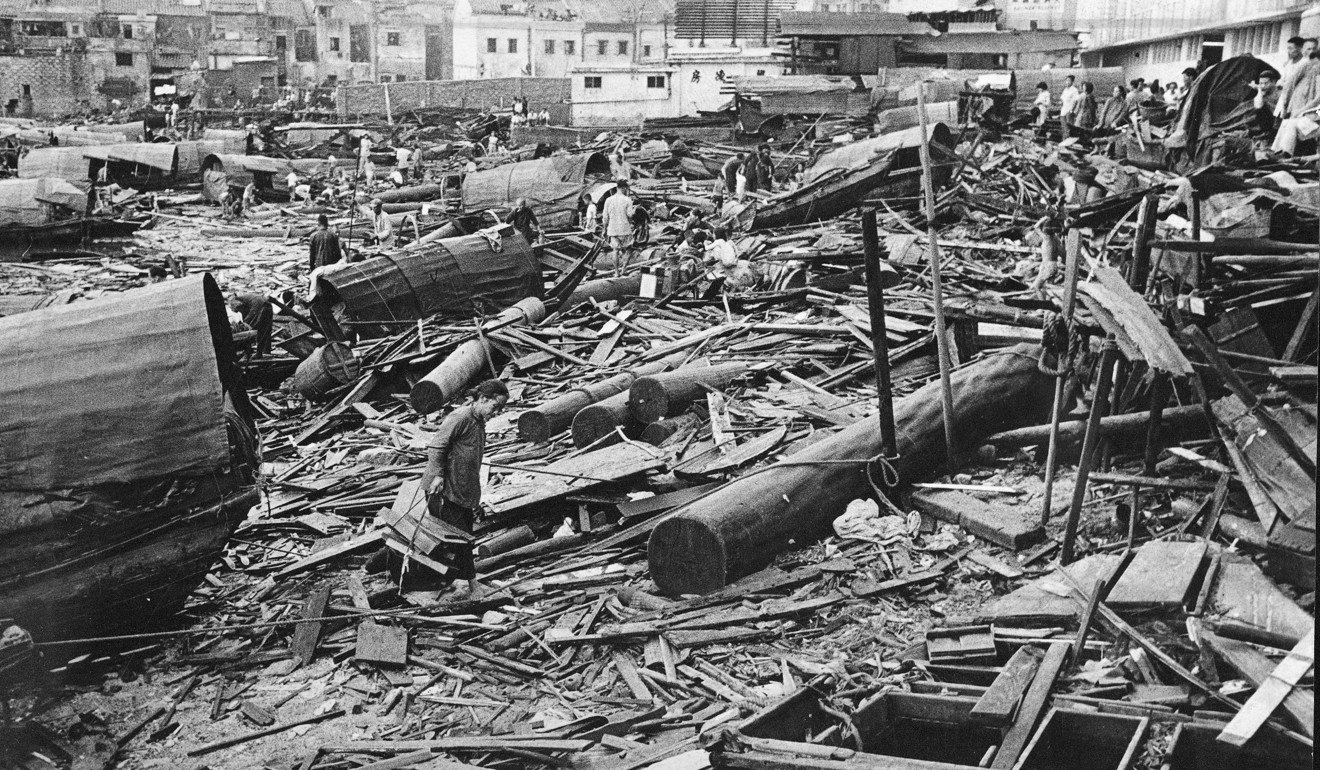
Aily Ying, 21, a university student, said “I don’t like [typhoons] because the MTR will be super-crowded and my schedule will be disturbed.”
Since you have to go back to 2010 for a year when no storm signal higher than No 3 was raised, it’s probably time to start getting ready.

